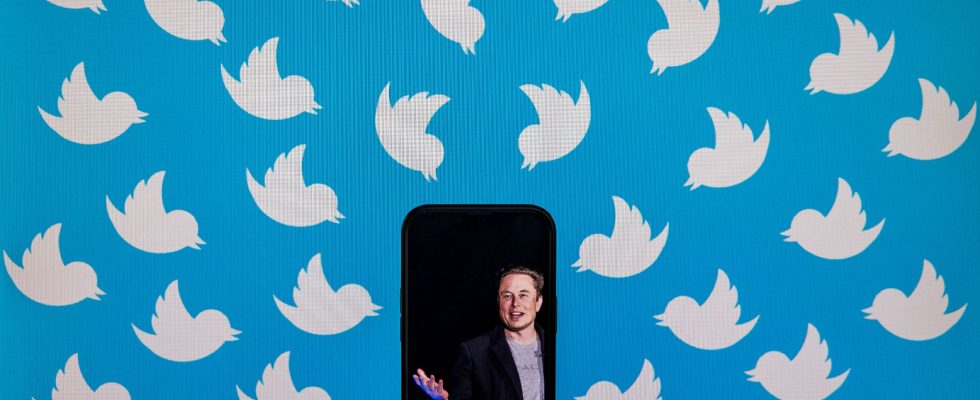The right idea at the right time. On paper, Elon Musk’s bet to switch Twitter from a free model to a paid model was daring, but promising. Almost twenty years after the creation of Facebook, the dominant model on the internet of free platforms financed by advertising is showing serious signs of running out of steam. The fact that Internet users are not the real customers of these companies, but products to be sold to advertisers, has led to the abuses that we know, with applications with addictive design and the promotion of more and more content. outrageous to keep the public’s attention.
The central place that social networks have taken leads users to consider more seriously the idea of paying for these services in exchange for a more qualitative experience. Facebook and Instagram have also followed in Musk’s footsteps towards the paid subscription, as soon as he announced its launch on Twitter.
As the dangers of online misinformation and hate become clearer, user identity verification mechanisms are also viewed with less suspicion. To counter the false profiles that scammers constantly open on its platform in order to extract money from its customers, Tinder has set up a system allowing users to prove that they are who they say they are.
Musk’s bet therefore had everything to work if the entrepreneur had not conducted it in such a messy way. Messy in form of course, with defiant behavior and dizzying flip-flops on major elements of this transition. The October exchange with Stephen King in which Musk suddenly offers to lower the price of his paid subscription in gestation from 20 dollars to 8 dollars is eloquent in this regard. Also messy in the background, because the way the entrepreneur designed this new paid subscription raises significant problems.
The revolt of Internet users against Twitter Blue
For months, Elon Musk has been claiming that his “verified” account system will make the social network more qualitative, by reducing the visibility of fake accounts likely to share false information (which is a very real problem on Twitter). But the new paid accounts created by Musk are only “verified” in name. Contrary to what the terminology suggests, Twitter does not verify the identity of the person who takes out a Twitter Blue subscription. Paid subscription which then gives greater visibility on the network to the person’s publications. For accounts spreading disinformation, Twitter Blue is therefore a superb early Christmas present.
Internet users were not fooled, however. And the backlash is felt. The network removed the old free verification badge system a few days ago, in order to leave the field open to its new paid formula. So it was “Twitter Blue’s big week, but I only saw a net increase of 12,000 followers”, highlights programmer Travis Brown which independently analyzes subscriptions. More worrying for Musk, a boycott of paid accounts (#BlockTheBlue) has recently emerged, suggesting that users block users who give in to the “temptation” of Twitter Blue.
Faced with the discontent, Musk chained the blunders, for example offering paid subscriptions to personalities such as Lebron James and Stephen King, without informing them of this gift. The case turned vaudeville when the blue dot appeared on the pages of other popular accounts that had not subscribed to the subscription, including… deceased people such as Kobe Bryant or Michael Jackson. Skeptical or even critical of the changes Musk made to the platform, many stars and even institutions such as MIT were quick to clarify to the public that they had not voluntarily subscribed to the subscription. Mistrust is such that part of the Twitter community is now wondering whether it is allowed to impose on an Internet user a blue badge that he has not requested. From an object of desire, the Twitter badge is transformed into a foil. A hell of a miss.
